- Parisa Adhami
- information
- 2455 views
- 0 comments
The oldest known religious building, ChoghaZanbil Zigurrat, which was related to the Elamite civilization era, was constructed on 52 meters and five floors; however, nowadays, there is only a remnant of that on 25 meters and two and a half floors.
Around 1250 BCE, King Untash-Napirisha instructed the site's construction, which reflects the hopes and dreams of the Elamite kings. The temple complex was devoted to the Elamite deity Inshushinak, a religious hub and a representation of Elamite identity and cohesiveness.
This essay explores Choghazanbil's historical significance, architectural characteristics, religious significance, and social and political influence. It examines how the shared cultural heritage of ancient Mesopotamian societies and the sophistication of Elamite civilization are involved in this ancient monument.
Table Of Content
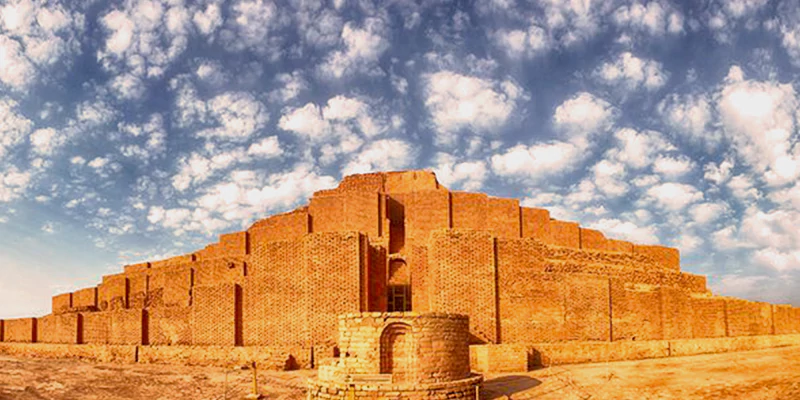
Cyrus Crafts; Luxury & Unique Products
The Story of ChoghaZanbil Ziggurat
It is a story about a special group living 3000 years ago in the “City of Untash” near Khuzestan. During that time, a kind of civilization was formed under the reign of King Untash-Napirisha; it was named Elamite.
They considered the “City of Untash” a location to make their temples to praise, so that city was a symbol of worship of God for the Elamites. Although the oldest civilization was not related to Iranians, It was an introduction to the Persian Empire. Those temples are called Ziggurats, which are structures with a lot of floors that are narrower in the upper floors than the lower parts.
This city is divided into three main parts using brick walls. The last one is the tallest, around the main temple or Ziggurat, devoted to the two biggest Gods. The story is not finished here, so read the rest to learn more about these civilizations and their Gods.
The History of ChoghaZanbil Ziggurat
According to the inscriptions on the old stones discovered in the temple's ruin, the city of CoghaZanbil was known as Dur Untash. This building and other historical buildings, such as Persepolis, Pasargad, etc., are considered to be Iran's long-lasting heritage. The people who lived in that civilization used to have different Gods and give presents to them.
The interesting and notable thing about these temples and Gods is that everyone was accessioned to a God of one special thing. For example, the kings dedicated these two main temples of ChoghaZanbil to the God of Inshushinak (the protector god of the city of Susa) and the god Napirisha (the great god).
What is Zigurrat?
A ziggurat is a temple built in a tiered structure, with each level becoming smaller in size as it rises upward. They were built in ancient Mesopotamia (modern-day Iraq and Iran).
The word Ziggurat comes from the Akkaberian language and was originally ziqqurratu at first, which is translated to English as Ziggurat. It means “to build on a pinnacle.” They were shaped in a pyramidal step-like appearance with multi-layers.
Who are Elamites?
The probable question is how this civilization started to exist and was demolished. The Elamites were the first and oldest civilization and culture made in Iran around 8000 years ago. The only information about them tells us that the Elamites were not Iranians and Semitic, and they didn’t speak any languages related to Iranian people. However, they had a major impact on later civilizations, such as those made by Cyrus the Great, and the culture of Iranians in this territory.
Now, let's see how the civilization of Elamites was destroyed after 600 years! After the kings of the Elamites made Dur Untash, the Assyrians, led by Ashurbanipal, attacked this place and demolished most of the buildings and structures.
Cultural Significance of ChoghaZanbil Ziggurat
The Elimates had a great power of leadership, at least during the Shutrukid dynasty. This temple specifically holds the cultural significance of Elamites and their identity as a symbol of architecture, worship, and religion of the people of that era.
People used to present and devote something to their God, Having more than one God, and creating pyramidal buildings with a wide, flat, and square base with smaller levels stacked on top, reflecting a connection between the earth and heavens in the sky. They knew the temples as Etemenanki, which means "House of the foundation of heaven and earth" in Sumerian.
Some Altars that are attached to the ChoghaZanbil building are attributed to the place that was known for offering gifts and presents. The Elamites also had a special ceremony related to sacrificing at sunrise. For performing this ceremony, they used some short, pyramid-shaped altars in two rows of seven for sacrifices.
Architectural Significance of ChoghaZanbil Ziggurat
The temple complex's holy, managerial, and basic functions are defined by the three overlapping walls that enclose the ziggurat. Additional temples, holy sites, storage spaces, and circular platforms for religious rites are organized around the main building.
The structure of the ChighaZanbil Ziggurat is specific. It is mainly made of three gated, and after going through them, you will get to the main location of worship, the main part of the temple, to praise the most important God!
The architecture of this building, as mentioned in the last paragraphs, is rectangular in shape, which showcases the staircase's appearance. The base of the temple is wide, and the pinnacle of that is the narrowest part. It contains five floors with a height of 52 meters; however, nowadays, you can find only 25 meters and two floors of that because of the invasions and attacks on it.
After passing the kid and inner gates of the temple, in the west part of the ChoghaZanbil building, you can find a reservoir that probably would have been used to serve water to people. The Elamites proved their expert understanding of hydraulic systems by designing a complex water management system that includes clay pipes and underground drains to handle seasonal rains.
The architecture of Choghazanbil conveys the Elamite attention to engineering, massive scale, and spirituality while also expressing a fusion of Mesopotamian and Elamite influences.

Ancient Artifacts found in the ChoghaZanbil Ziggurat
Choghazanbil has given a wealth of ancient artifacts that shed new light on Elamite daily life, religious rituals, and culture. The Elamites' intricate artsy skill and respect for their gods are reflected in the most notable discoveries, which include ceramic and bronze statues portraying deities and myth. In the Persian empire, the people also had Ahura Mazda as their God. The temple's sacred status is evidenced by the Elamite inscriptions found on clay and bricks found throughout the spot. They can also remind us of the Cyrus cylinder, which is crucial for Iranians. Many of these inscriptions involve blessings for those who maintain the ziggurat and curses for anyone who damages it.
Besides this, the site developed adorned stone and ceramic vessels that were probably used in offerings or rituals. Choghazanbil's jewelry, ornamental beads, and ceramics showcase exquisite workmanship and trade influences, underscoring the Elamites' ties to other ancient societies. Additionally, cylindrical seals with intricate carvings were discovered that were probably used in administrative or religious settings. These seals widely cited scenes of worship, mythological tales, or animal motifs.
Last words on ChoghaZanbil Ziggurat
The Choghazanbil Ziggurat, which embodies the architectural skill and spiritual devotion of the people of ancient Elamite civilization, is still one of its most impressive and enduring legacies. Choghazanbil is one of the oldest ziggurats in the world. Its impressive construction and intricate water management system demonstrate the Elamites' technological innovations in addition to their religious commitment.
Cyruscrafts, as a drop shipping company located in Toronto, Ontario, is trying to preserve the honor of Iranian culture and history, providing various categories of luxury and unique products for people from all over the world. Also, you can find other products of great and specific quality.


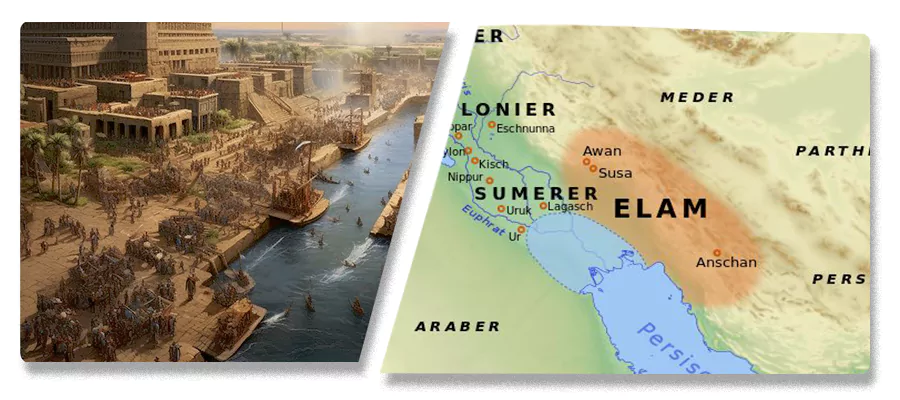
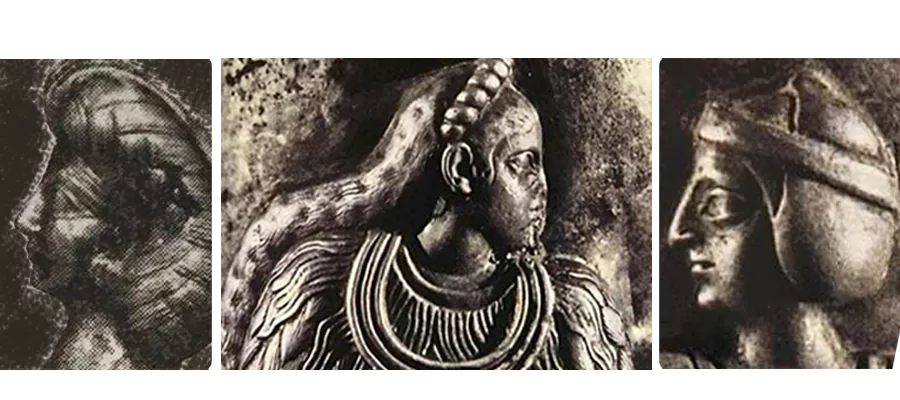






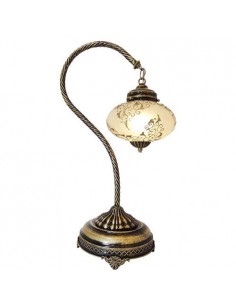

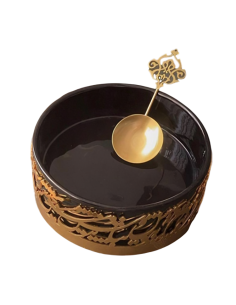


Comments (0)